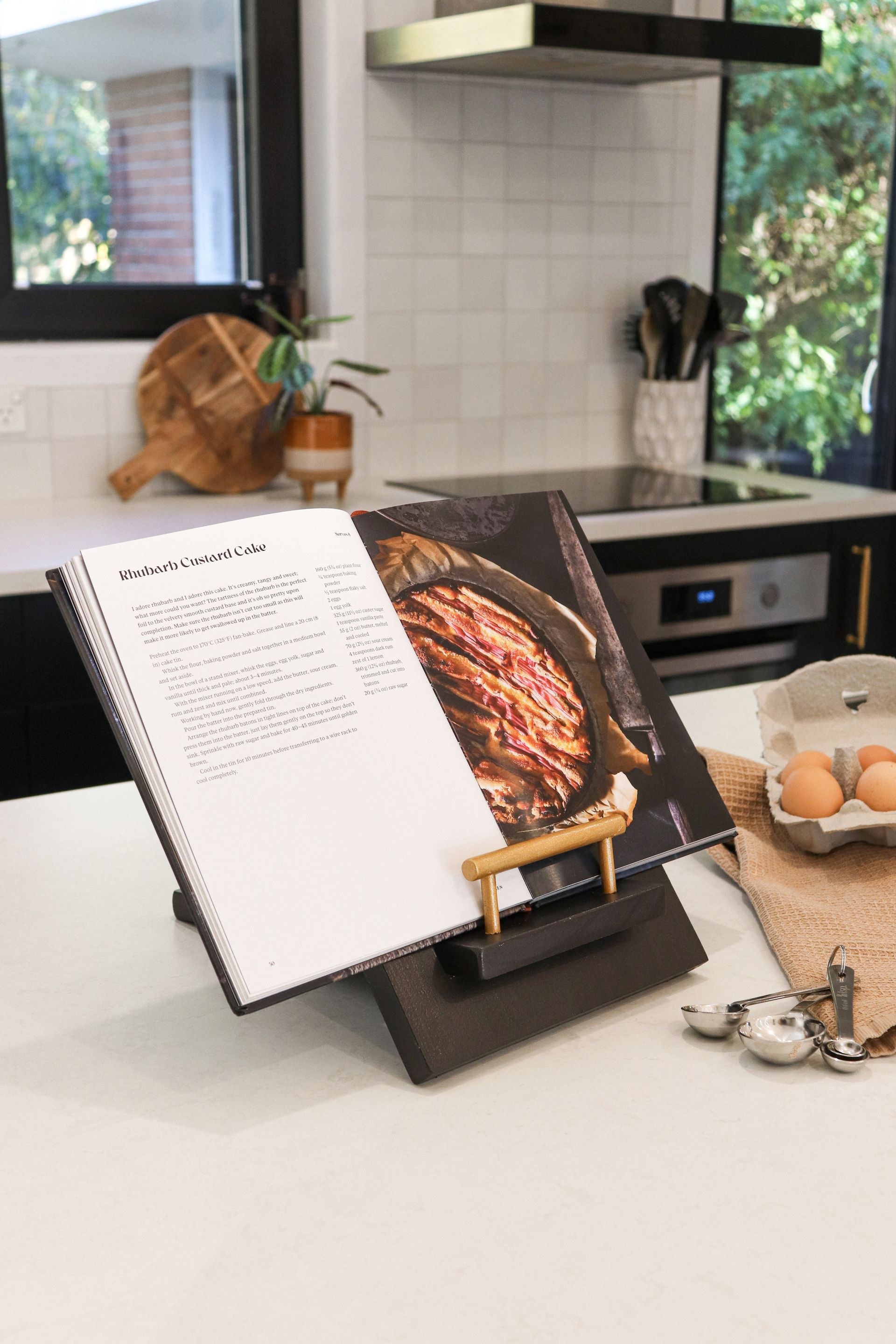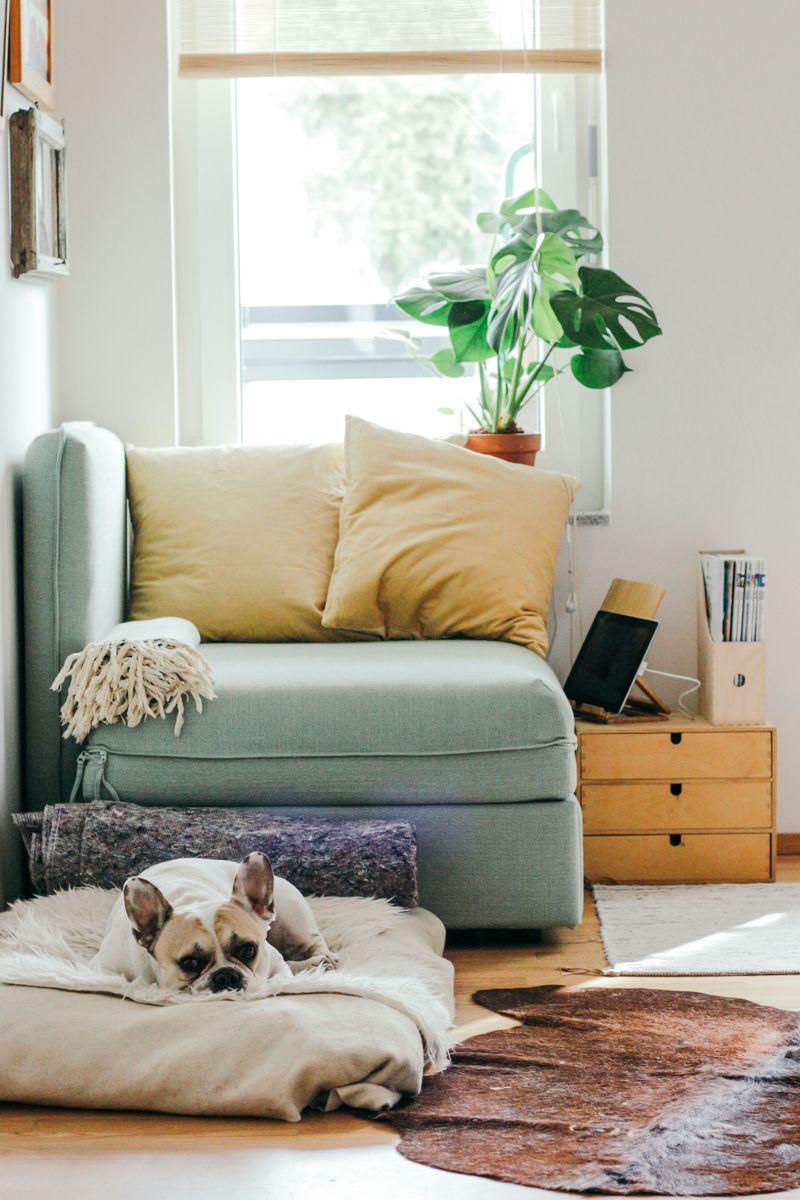While what Ōtautahi company Art Fetiche offer and produce for clients is certainly out of the box, their passion, creativity and big thinking is what sets them apart. Brent Brownlee, wife Raylene and business partner Ben Lakin make a formidable trio, leaving a visual legacy everywhere they turn.
Thirty years ago, having worked as a commercial artist (and a myriad of other things), Brent Brownlee made the decision to go out on his own as a sign writer and glass sand blaster. Working from the home garage, ‘and front room’ after a short period he coaxed Raylene to leave her work as a seamstress and join him in the business. ‘She has an incredible eye for detail and for the first five years it was just us – at home, working around our three boys doing sign writing and sand-blasted giftware.’
Brent laughs as he recalls his mum describing him as someone with an innate sense of how to put something together, and always looking for the next thing. ‘As the business grew, we evolved,’ he explains. ‘We sit outside the norm and often the best projects are those when someone comes to us with an idea but are unsure how to execute it.’ Brent’s unique approach has allowed both the company and the individuals behind it to grow and develop. ‘It has been a 30-year evolution,’ he laughs, ‘and there is plenty more to come.’
From their home studio, the duo grew the business and the team slowly, as the demand for their work grew. ‘We outgrew the garage after a few years,’ explains Raylene, ‘and there are 15 of us now, including business partner Ben Lakin.’
‘We are incredibly grateful to have Ben in the business,’ adds Brent. ‘He lives and breathes the business as much as we do and has incredible skills to take it into the next 30 years.’ Although I get the impression it will be a long time yet before Brent hangs up his fabricating and blasting hat.
Listening to the trio discuss their latest projects and laugh about memories they have made along the way, it is quickly apparent, no two days are ever the same and that the team means everything. ‘Some have been around for a big part of the journey, and others have come for specific projects. Most of us multitask as best we can and foster a “can do” attitude,’ explains Ben. ‘Diversity in staff, and in the clients we work with adds colour, value and depth to what we set out to do.’
Detail, precision, a quest for perfection and of course their out- of-the-box thinking has put them on the map. ‘We have been incredibly lucky over the years to partner with some large clients,’ explains Brent. ‘Foodstuffs, Vodafone, Joe’s Garage and Independent Liquor … really cool stuff that has allowed us to experiment, expand and play with new technology, styles and trends. Adapting to the market, and our clients at every turn.’
Like all businesses, the journey has come with challenges. ‘When Covid hit, one of our largest clients was side-lined and a lot of our day-to-day business was lost,’ explains Brent. ‘We needed to adapt and when we were approached by artist Fayne Robinson we took the opportunity.
‘It was on a scale that we hadn’t worked on before and in areas of application we weren’t so familiar with, but that’s never stopped us!’ The project was executing and installing the artworks that line the new Kaikōura coastal highway, in the wake of the 2016 Kaikōura earthquakes.
‘It was a really challenging time for many businesses and we had to make a really scary decision to pivot and invest in order to take on this project,’ continues Brent. ‘But our ability to pivot and evolve to meet demand saved us.’
Having worked as a monumental mason in a past life, Brent spent seven months onsite in Kaikōura, working within Covid restrictions to realise Fayne, Te Rūnanga o Kaikōura and Waka Kotahi’s vision. ‘Along with the vapour-blasted designs in the concrete walls, we utilised our experience to add to the lay-by areas and sites adjacent to the coast,’ explains Raylene.
‘It was a production like no other,’ says Brent. ‘No one had ever done anything like that, on that scale in the world that we could see.’ But that is what puts Art Fetiche on the map – not their projects, but their ability to take what seems impossible and make it a reality.
While their work on the Kaikōura Coast has become one of their most iconic, their artistic flair is found around every corner. From their digital printing and vapour blasting in Christchurch’s Tūranga Library, to AgResearch’s sculptures in Lincoln, to steelworks and signage across the South Island. But it is their fit-outs and custom manufacturing of giant spanners, shelving and lighting in Joe’s Garage cafés that you might be most familiar with. ‘The journey with Joe’s has been about building on, and enhancing that sense of an industrial garage aesthetic so that they can focus on what they do best – food and coffee,’ says Brent. Utilising their steel manufacturing shop, Art Fetiche have designed, built and executed the eclectic mix of décor found in the popular cafés and loved every minute of it. ‘So much so that eight years ago we bought the Sumner one,’ laughs Raylene. Which is exactly where you will find Raylene and Brent most mornings – having a coffee and catching up with friends.
While vapour blasting, sign writing and Joe’s Garage are what Art Fetiche have become most well known for, they are seeing significant growth in the demand for public artwork from local government agencies and public space projects. ‘We are also doing
some amazing work with local iwi, carvers and designers,’ explains Ben, ‘helping them to tell their story and putting their mark on the landscape of Aotearoa.’
‘Legacy is important to everyone,’ concludes Brent. ‘And for us this pivot into public art is about leaving a legacy for our clients – as we tell their story – and for us. Being a part of something that will last and have an impact for generations to come is incredibly special. It’s not just about looking good, but about what it means.’
Recent stories










